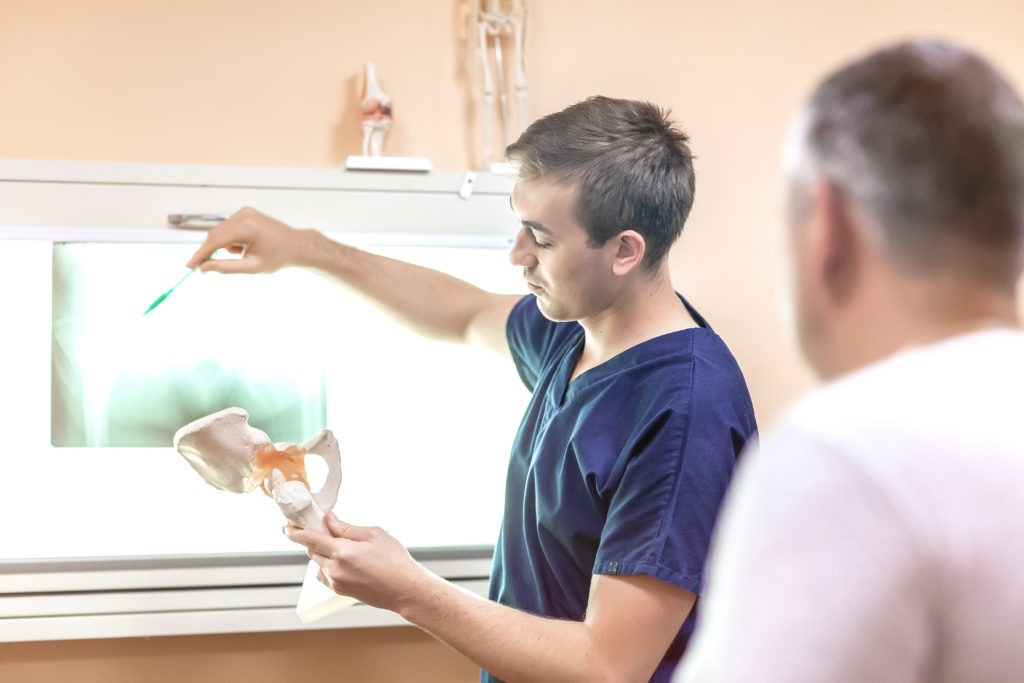VA Claims for Hip Pain Secondary to Degenerative Disc Disease (DDD)

CCK Law: Our Vital Role in Veterans Law
What is Hip Pain?
Hip pain is a relatively common problem that can be caused by a variety of underlying problems and health conditions. The location of an individual’s hip pain can provide valuable information regarding the cause. Most often, problems within the hip joint itself tend to result in pain on the inside of the hip or groin. On the other hand, hip pain on the outside of the hip, upper thigh, or outer buttocks typically indicate problems with muscles, ligaments, tendons, and other soft tissues that surround the hip joint. When hip pain is due to separate diseases and conditions in other parts of the body (e.g., lower back), it is called referred pain. Hip pain can be very debilitating and result in a significant loss of functioning; however, in some cases, it can be managed with at-home care. Basic treatments for all types of hip pain include:
- Rest – Avoiding activities that involve bending at the hips or putting pressure on the hips may be beneficial. Individuals should also avoid sleeping on the side of the hip or sitting for long periods of time.
- Over-the-counter pain relievers – Some pain-relieving medications (e.g., Tylenol, Advil, Aleve) may help reduce inflammation and soreness.
- Cold and heat – Treating hip pain by alternating the use of cold and hot compresses may be a viable option as well.
- Stretching – Gently stretching may reduce hip pain, especially if it is caused by a strained muscle or pinched nerve.
If hip pain becomes so severe that it interferes with daily functioning and other treatment options offer no relief, surgery may be required.

What is Degenerative Disc Disease?
Degenerative disc disease (DDD), also known as osteoarthritis of the spine, usually occurs in the lower back or neck. Specifically, it is a condition where the discs between vertebrae lose cushioning, causing them to fragment and herniate. DDD is often accompanied by varying levels of pain and can also result in numbness and tingling in the upper or lower extremities in some cases. In other cases, DDD can lead to additional orthopedic conditions and complications.
Relationship Between Hip Pain and DDD
Medical literature advises health care professionals not to overlook the role of back conditions, such as DDD, when evaluating an individual’s hip pain. Yet discerning whether an individual’s hip pain is caused by or related to their DDD is a difficult task. The process of determining whether a veteran’s hip pain is caused by their DDD must involve an in-person evaluation with a health care provider, along with a detailed back examination.
Seeing as there are several structures in the lower back, buttocks, and hip that can cause hip pain, it is important to rule out other contributing factors and causes. Again, the etiology of hip pain is not always very straightforward. Specialized treatment and assessment may be necessary. Nevertheless, it is very possible that a veteran’s hip pain may be caused or aggravated by their DDD. Specifically, a veteran may change the way they are walking, standing, or sitting because of the pain stemming from their DDD. The changes in weight-bearing and movement may result in unprecedented or worsened hip pain.
What is Secondary Service Connection?
Secondary service connection is established when a secondary, non-service-connected disability results from a condition that is already service-connected. In claims for secondary service connection, providing a positive nexus opinion (i.e., link) is especially important. The nexus opinion must be clearly established in order to be granted secondary service connection.
Can Veterans Be Granted Secondary Service Connection for Hip Pain Due to DDD?
If veterans believe their hip pain is caused or aggravated by their service-connected DDD, they may be eligible for secondary service connection. In this case, the veteran should file a claim for VA benefits. Filing a claim for secondary service connection involves the same process as filing any claim for service connection. Specifically, veterans will fill out and submit VA Form 21-526 – an original claim for service connection. Veterans may do so online, in person at their local Regional Office, or with help from a veterans advocate. Importantly, there is certain evidence that veterans should include with their claims for secondary service connection (see below).
Veterans will need to demonstrate two things to VA to be granted service connection for a secondary condition:
- A diagnosis for your secondary condition; and
- Medical evidence showing the link between your service-connected condition and secondary condition.
About the Author
Share this Post
